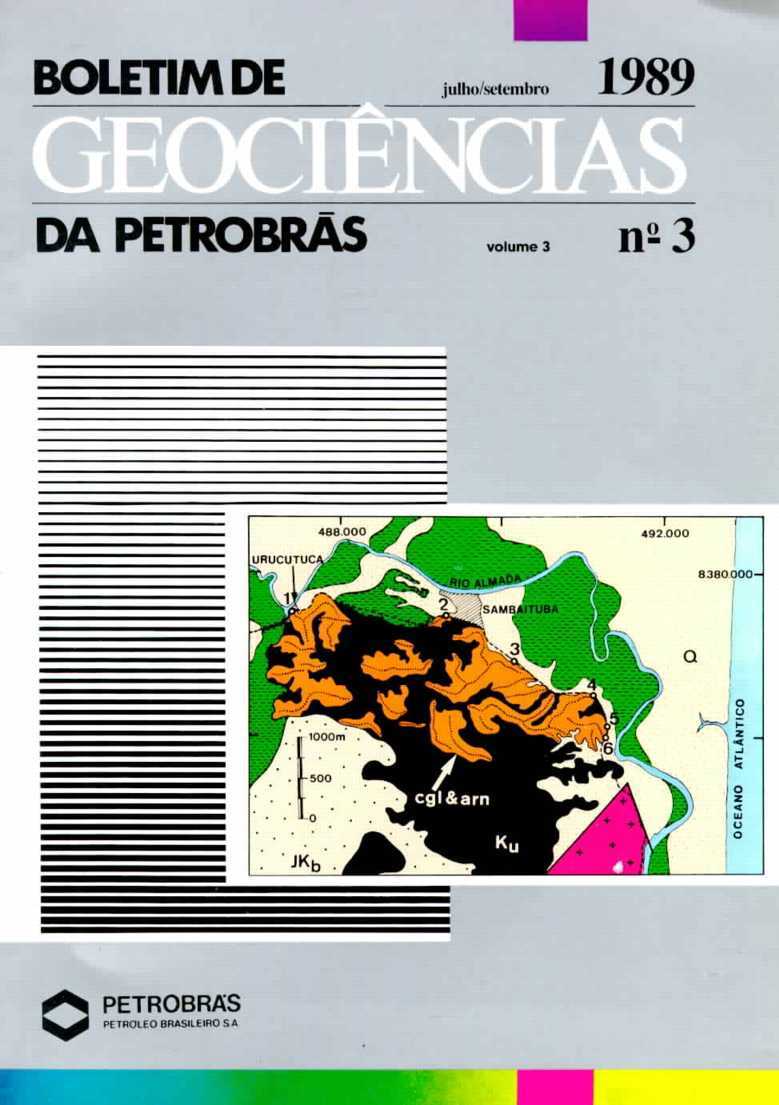Hydrocarbon generation migration and accumulation in the eo-cretaceous continental sequence of the intracontinental potiguar rift basin northeastern Brazil
Abstract
Located in northeastern Brazil, the Potiguar is an intracontinental rift basin formed during the Lower Cretaceous separation of Africa and South America. Exploration of the basin is still ,nearly stages. lt currently contains eight oil fields, which together produce 1,562 m3/day of oil from the Lower Cretaceous continental sequence (as of January 31, 1969). The proposed regional hydrocarhon generation/migration/entrapment analysis of this sequence was based on study of the following parameters: a) the basin's structural framework; b) Pre-Cambrian basement physiography; e) chronostratigraphic unit structure and stratigraphy; and d) areas displaying concentrarions of potential hydrocarbon source rocks. Although this sedimentary sequence has been sampled regionally (average of one well for every 45 km2 ), it is as yet not well-known (average of 854 m/well, prompting the decisior to study its source rock, define the main migration routes, and identify probable areas of hydrocarbon concentration. The structural relation with the association of sedimentary facies, suggestive of this large tectonic lake system, made it possible to undertake a transparent and objective analysis of the basin's real potential.
Downloads
Published
Issue
Section
License
This license enables reusers to distribute, remix, adapt, and build upon the material in any medium or format, so long as attribution is given to the creator. The license allows for commercial use.




